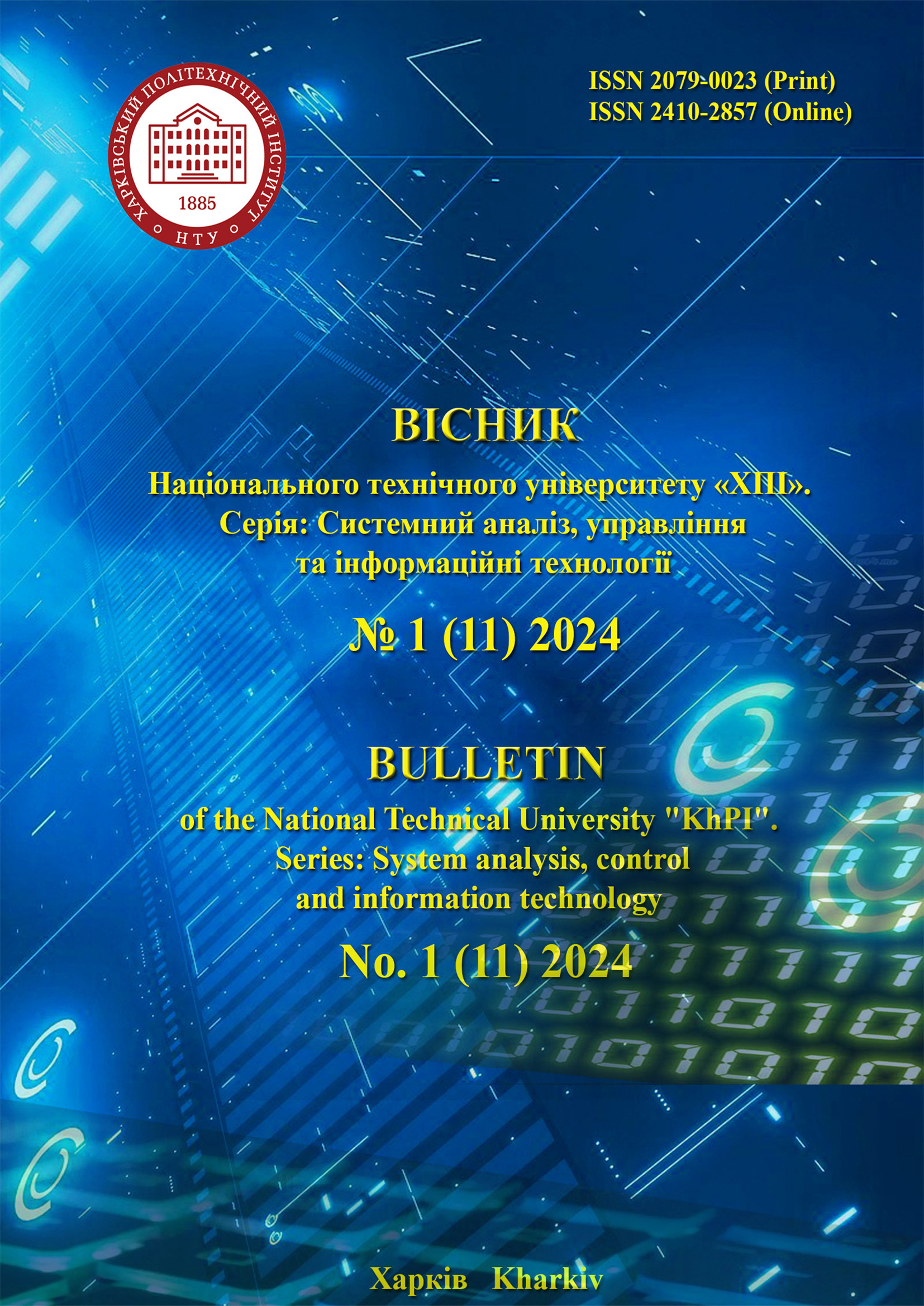EXTERNALIZATION OF TACIT KNOWLEDGE IN THE MENTAL MODEL OF A USER OF AN ARTIFICIAL INTELLIGENCE SYSTEM
DOI:
https://doi.org/10.20998/2079-0023.2024.01.15Keywords:
mental model, explanation, artificial intelligence system, explainable artificial intelligence, causal dependencies, cause-and-effect relationshipsAbstract
The subject of the study is the processes of forming the user's mental model in artificial intelligence systems. The construction of such a model is associated with solving the problem of opacity and incomprehensibility of the decision-making process in such systems for end users. To solve this problem, the system user needs to receive an explanation of the obtained decision. The explanation should take into account the user's perception of the decision and the decision-making process, which is formalized within the user's mental model. The mental model considers the user's use of explicit and implicit knowledge, the latter of which usually lacks formal representation. The externalization of such knowledge ensures its transformation into a formal form. The aim of the work is to develop an approach to the externalization of implicit knowledge based on identifying patterns and causal dependencies for the decision-making process in an intelligent system when constructing the user's mental model. To achieve this goal, the following tasks are solved: developing a user's mental model of an artificial intelligence system that takes into account both explicit and implicit knowledge and developing an approach to the externalization of implicit knowledge of the user of the artificial intelligence system. A user's mental model of an artificial intelligence system that accounts for both explicit and implicit knowledge of the user is proposed. The model considers the connections between the user's explicit and implicit knowledge regarding the artificial intelligence system, the decision-making process, the method of using the decisions, and the general concept of the intelligent system. This creates conditions for the externalization of the user's implicit knowledge and the subsequent use of this knowledge in forming explanations regarding the decision-making process in the artificial intelligence system. An approach to the externalization of knowledge from the statistical and semantic layers of the user's mental model is proposed. In practical terms, the approach makes it possible to translate into explicit form the conditions and constraints regarding the formation and use of decisions in the artificial intelligence system.
References
Devedzic V., Radovic D., Jerinic L. A Framework for Building Intelligent Manufacturing Systems. IEEE Transactions on Systems Man and Cybernetics Part C (Applications and Reviews), 1999, vol. 29, pp. 422-439. DOI: 10.1109/5326.777077.
Norman, D. A. Some observations on mental models. Human-Computer Interaction: A Multidisciplinary Approach, San Francisco, CA, Morgan Kaufmann Publishers Inc., 1987, pp. 241–244.
Chalyi S. F., Leshchynska I. O. Kontseptualna mentalna model poiasnennia v systemi shtuchnoho intelektu. Visnyk Natsionalnoho tekhnichnoho universytetu «KhPI». Seriia: Systemnyi analiz, upravlinnia ta informatsiini tekhnolohii [Bulletin of the National Technical University "KhPI": a collection of scientific papers. Series: System analysis, management and information technology]. Kharkiv, NTU "KhPI" Publ., 2023, no. 1 (9), pp. 70–75.
Polanyi M. The Tacit Dimension. New York, NY: Doubleday, 1966.108 p.
Nonaka I., Takeuchi H. The Knowledge–Creating Company: How Japanese Companies Create the Dynamics of Innovation. Oxford University Press, 1995. 304 p.
Gunning D., Vorm E., Wang J., Turek M. DARPA'S Explainable artificial intelligence (XAI) Program: a Retrospective, Applied AI Letters, 2021, vol. 2, no. 4, pp. 1–11. https://doi.org/10.1002/ail2.61
Miller T. Explanation in artificial intelligence: Insights from the social sciences, Artificial. Intelligence. 2019, vol. 267, pp. 1–38.
Keith J. H., Robert G. M. The Oxford Handbook of Thinking and Reasoning Get access Arrow. Oxford University Press, 2012. 864 p.
Carey S. The origin of concepts. New York, NY: Oxford University Press, 2009. 608 p.
Chala О. Development of information technology for the automated construction and expansion of the temporal knowledge base in the tasks of supporting management decisions. Technology audit and production reserves. 2019, no. 1/2(45), pp. 9–14. DOI: 10.15587/2312–8372.2019.160205.
Chalyi S., Leshchynskyi V. Temporal–oriented model of causal relationship for constructing explanations for decision–making process. Advanced Information Systems. 2022, no. 6(3), pp. 60–65. https://doi.org/10.20998/2522–9052.2022.3.09
Chalyi S., Leshchynskyi V. Temporal representation of causality in the construction of explanations in intelligent systems. Advanced Information Systems. Kharkiv, NTU "KhPI" Publ., 2020, no. 4 (3), pp. 113–117.
Halpern J. Y., Pearl J. Causes and explanations: A structural–model approach. Part II: Explanations. CoRR. cs.AI/0208034. 10.1093/bjps/axi148.
Downloads
Published
How to Cite
Issue
Section
License

This work is licensed under a Creative Commons Attribution 4.0 International License.
Authors who publish with this journal agree to the following terms:
- Authors retain copyright and grant the journal right of first publication with the work simultaneously licensed under a Creative Commons Attribution License that allows others to share the work with an acknowledgement of the work's authorship and initial publication in this journal.
- Authors are able to enter into separate, additional contractual arrangements for the non-exclusive distribution of the journal's published version of the work (e.g., post it to an institutional repository or publish it in a book), with an acknowledgement of its initial publication in this journal.
- Authors are permitted and encouraged to post their work online (e.g., in institutional repositories or on their website) prior to and during the submission process, as it can lead to productive exchanges, as well as earlier and greater citation of published work (See The Effect of Open Access).


